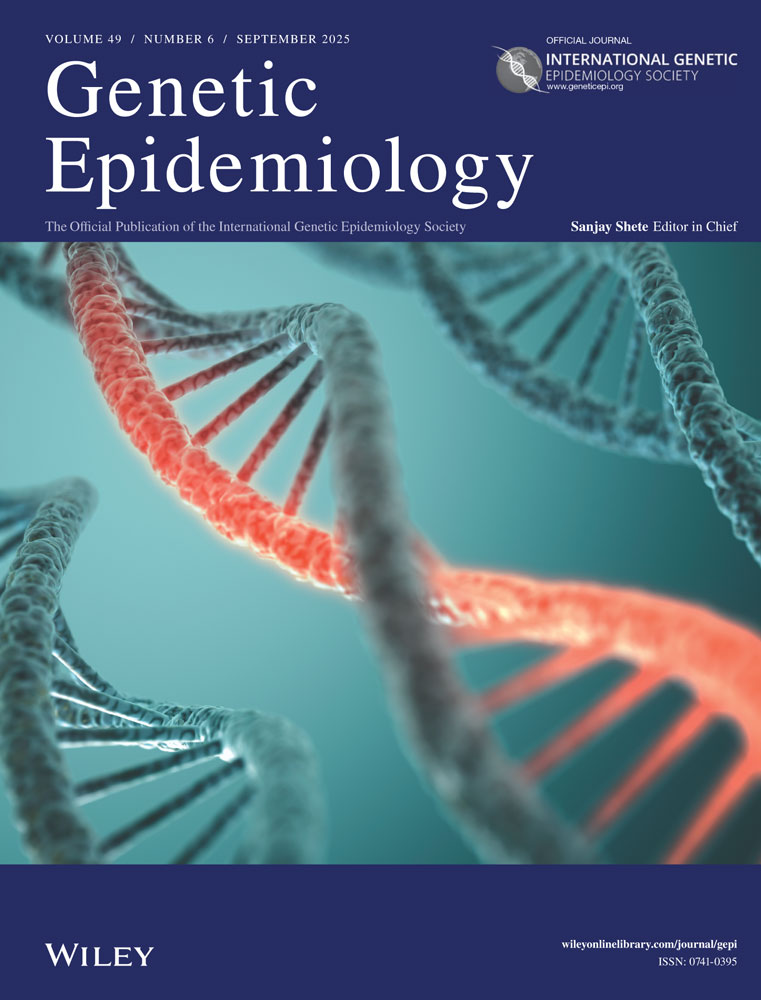Pedigree analysis package (PAP) vs. MORGAN: Model selection and hypothesis testing on a large pedigree
Abstract
The MORGAN package of programs is compared to a commonly used package, PAP, with respect to model selection in segregation analysis of a quantitative trait. MORGAN uses Monte Carlo Markov chain (MCMC) methods to estimate the likelihood, whereas both versions of PAP used employ an approximation to the likelihood for the mixed model. Comparisons are done by using results obtained from simulated data. All simulations were done on the same 232-member pedigree using data generated under each of several variations of models, which included different combinations of environmental, polygenic, and major gene components. PAP, version 4.0, and MORGAN gave similar results with respect to model selection for the majority of situations, suggesting that MCMC methods provide a computationally tractable approach for analysis of more complex models that cannot be analyzed by more direct computational methods. PAP, version 3.0, gave somewhat more disparate results compared with either PAP version 4.0 or MORGAN. Both MORGAN and the two versions of PAP confirmed that the major gene component is much easier to detect in the presence of some dominance. All three packages frequently falsely accepted the polygenic model when there was high residual heritability. Genet. Epidemiol. 15:355–369,1998. © 1998 Wiley-Liss, Inc.




